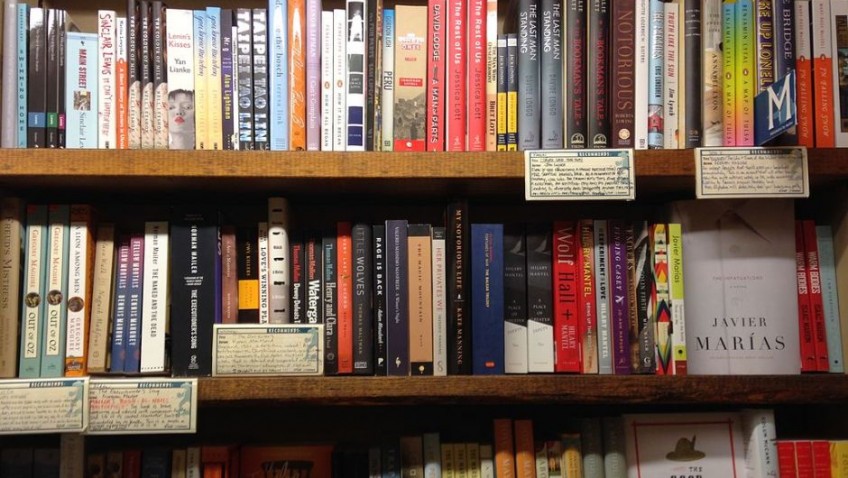Robert Tanitch reviews two Art books

The interviews cover 25 years and have in-depth and candid statements on his art and art in general. It’s a great read, essential reading for anybody interested in Bacon, and excellently illustrated.
Bacon (1909-1992) was influenced by Velasquez, Muybridge, Rembrandt, Michelangelo, TS Eliot’s Waste Land, Elgin’s Marbles and Bunuel.
“I have a feeling of mortality all the time.” He thought life was meaningless but that the artist gave it meaning. He reiterated: “I always think of myself not so much as a painter but as a medium for accident and chance.”
Bacon lived in gilded squalor and worked from photographs rather than life, obsessed with doing the one perfect image. He questioned what appearance is. He was never short of images: “I have thousands of them.”
The interviews are invaluable and strongly recommended. “I wanted to paint the scream more than the horror.”
He threw paint at the canvas “I want to remake the violence of reality itself.” His crucifixions are slaughter and meat. “I don’t think it [the violent distorted injuries] is damage… The more artificial you can make it the greater chance you’ve got of its looking real… I think realism has to be reinvented. It has to be continuously re-invented.”

I think everybody was shocked when Jake and Dino Chapman defaced, desecrated and vandalized Goya’s masterpieces, Disasters of War. Nobody is going to mind that Tom Philips has plundered, mined and undermined an obscure Victorian novel by W H Mattock, A Human Document, published in 1892, which he bought second-hand for three pence, except possibly Mattock.
This is the final edition. Phillips has been working on it for 50 years, changing each page into a new and highly original work of art: a mix of painting, drawing and collage. Bits of text remain. But A Humument is not a book to read (at least not for me). It’s a book to dip into and enjoy a wide range of techniques and media.
To learn more about Robert Tanitch and his reviews, click here to go to his website




